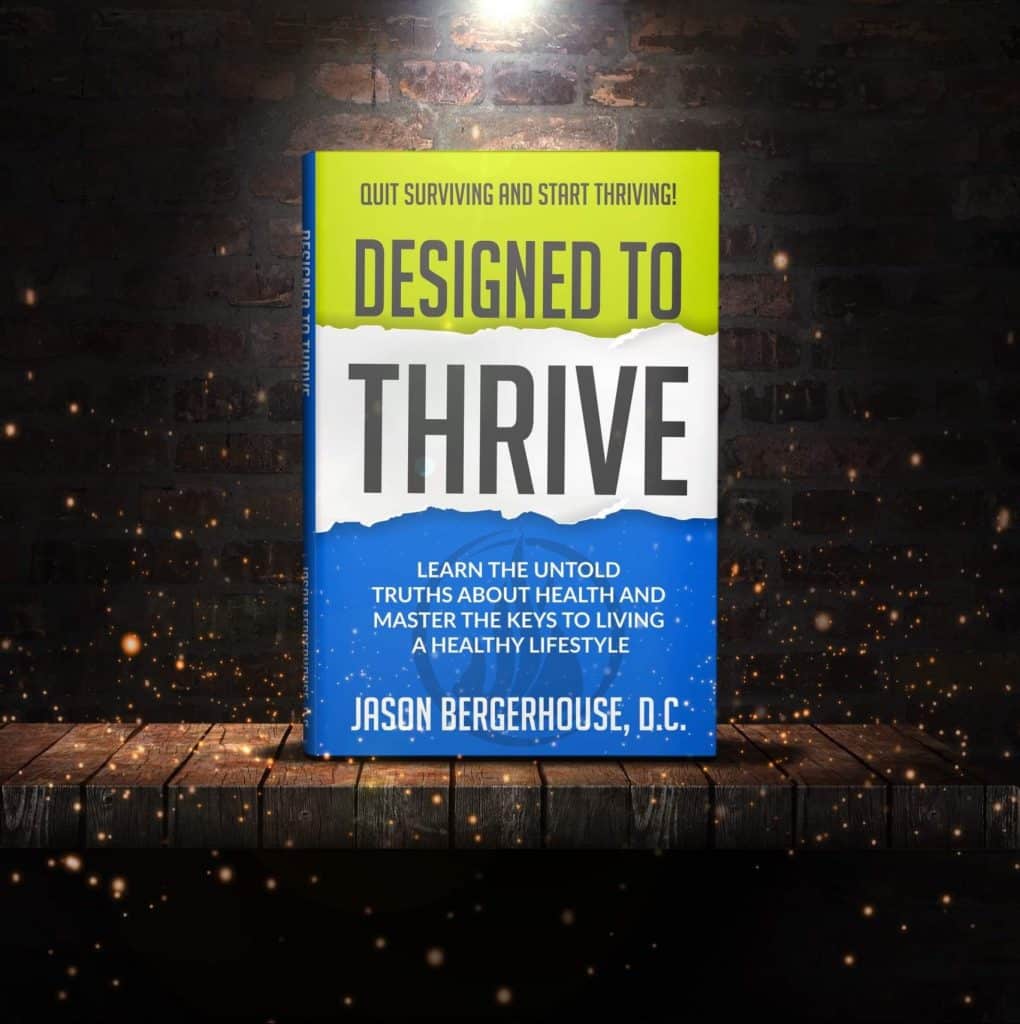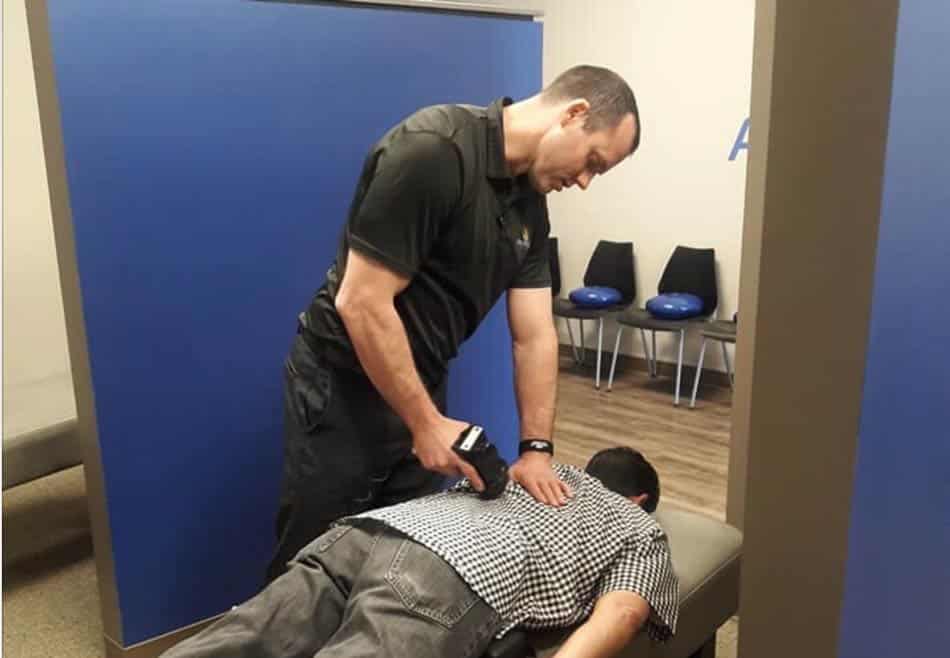Written By: Dr. Jason Bergerhouse, D.C.
QUOTE OF THE DAY – > EDUCATION IS MORE THAN JUST GOING TO SCHOOL AND LISTENING TO WHAT YOU ARE TOLD TO BELIEVE. TRUE EDUCATION MEANS LEARNING AND HAVING THE FREEDOM TO QUESTION “IDEAOLOGIES” AND THEREFORE OPENING UP THE OPPORTUNITY TO HAVE A DISCUSSION AND PROPER DISCOURSE ON ALL MATTERS!
GERM THEORY OR TERRAIN THEORY?
FULL VIDEO TRANSCRIPT:
The virus is not contagious and we know that it’s not contagious, because of this study that was published in the Journal of the American Medical Association. The study was conducted by a group from the US Navy and the US public health service (Milton J, Rosenau MD).
- This group ran a series of experiments to determine how influenza is spread. In order to do this they recruited healthy volunteers who were all in good physical condition. None of them had influenza, then they took these healthy volunteers and made them hang out with flu patients.
Look; “the volunteer was led up to the bedside of the patient, they shook hands and by instructions he got as close as he conveniently could, and they talked for 5 minutes. At the end of the 5 minutes the flu patient breathed out as hard as he could. While the volunteer muzzle to muzzle received this expired breath. After they had done this 5 times, the patient coughed directly in the face of the volunteer” (Milton J, Rosenau MD).
- 5 different times, I mean what else do you want them to do, fart in each other’s faces? They might as well test out some quips, see if the virus spreads that way because it turns out it doesn’t spread like this.
“After our volunteer had contact with the patient, talking, and chatting, and shaking hands with them for 5 minutes, and receiving his breath 5 times. and then his cough 5 times directly in his face, he moved to the next patient and repeated this until this volunteer had contact with 10 different cases of influenza. Each one of the 10 volunteers had intimate contact with each one of the 10 different influenza patients” (Milton J, Rosenau MD)
- Which means each healthy volunteer got their mouth coughed in 50 times and none of them took sick. Now if viruses are contagious and capable of spreading from person to person invisibly through the air, how come no one got sick? How come a team of doctors in San Francisco, did a similar series of experiments and were also unable to reproduce disease (Milton J, Rosenau MD)?
Not only this, “but over 150 other studies were carried out carefully and scientifically, yet absolutely no signs of disease followed” (Herbert M. Shelton & John B. Fraser)
- So it seems to me that sickness isn’t spread by sneezing, or shaking hands, or even blowing the mailman.
And this is because; germ theory, “the theory that germs like viruses spread around and make us sic remains unproven. Never has there ever ben any genuine scientific evidence that any germ is the cause of any disease including those claimed to be transmitted sexually.” (Dawn Lester & David Parker)
- And just so we’re clear, we’re talking about genuine scientific evidence because we were given evidence but it doesn’t seem to be genuine and just as one example of this we can look at the proof we were given that polio is caused by a virus.
[Study: West Notes that] “In 1908 a German researchers claim to have isolated polio virus and used it to cause polio in monkeys. Their method was to inject a pulverized puree of disease brain tissue into the brains of 2 monkeys. One monkey died and the other monkey got really sick, headlines trumpeted this proof of polio virus causation” (Jim West, Thomas S. Cowan, M.D., and Sally Fallon Morell).
- It doesn’t sound like proof to me, does it sound like proof to you? If it sounds like proof to you, here’s what I want you to do, I want you to drill a hole in your head and inject butterscotch pudding into your frontal cortex, and if you get sick, then we’ll know that butterscotch pudding causes polio according to your scientific standards.
“In the Mid- 1950’s Physician Morton S. Biskind testified before Congress that polio was the result of essential nervous system poison and not a virus, the chief poison of the day was a chemical commonly known as DDT. It was used in World War 2 to control mosquitoes and by 1945 DDT was available for public sale in the United States. Government and industry promoted its use as an agricultural and household pesticide, and they really did promote it pretty hard” (Jim West, Thomas S. Cowan, M.D., and Sally Fallon Morell).
For example, this was an ad that ran in Times magazine where you can see a cow and a woman and in Apple with some kind of perverted twig body and they’re all saying DDT is good for me (Penn Salt Chemical; Time Magazine).
- However if DDT was good for them, then why was there a direct correlation between pesticides like DDT and polio. And as you can see over here, whenever there is a spike in pesticide production, there’s also a spike in cases of polio.
- And this is consistent over a period of 30 years; “a clear, direct, one to one relationship between pesticides and polio leaves the little room for complicated virus arguments. Polio shows no movement independent from pesticide movement as one would expect if it were caused by a virus (Jim West, Thomas S. Cowan, M.D., and Sally Fallon Morell). So maybe, just maybe illnesses that we’re told are caused by a virus are actually caused by some kind of poison.
Here’s another example, “this graph shows the number of grown men who shit their pants in Sheboygan Wisconsin and the amount of the lumberjack Slam breakfast plates consumed at the local Denny’s.”
- You’ll see that it’s the same exact one to one relationship, where at 9 am around 29 people are eating a lumberjack Slam breakfast plate. And at 10 am, 29 people are dropping the shit in their pants. Now based on this information, do you assume that all of this sickness was caused by a stomach bug, a virus that’s being passed from person to person, or do you assume that to buttermilk pancakes, a slice of grilled ham, 2 bacon strips, 2 sausage links, 2 eggs, hash browns, and a whole loaf of toast will make almost anyone soiled their Anus?
We have to understand that it’s not the germs that are making us sick, a virus doesn’t cause diarrhea, Dennys does. You’ve got a wake up, don’t slap snooze.
Debunking the Germ Theory of Disease: Rethinking Microbes and Health
The germ theory of disease, widely accepted in the field of microbiology, asserts that microorganisms, primarily bacteria and viruses, are the primary cause of infectious diseases. Developed by scientists such as Louis Pasteur and Robert Koch in the 19th century, this theory has become a cornerstone of modern medicine and led to significant advances in public health, sanitation, and the development of vaccines. However, recent challenges to the germ theory, particularly in the context of the COVID-19 pandemic, have sparked renewed debate about the role of microbes in causing diseases.
The Genesis of Germ Theory
To understand the germ theory, it’s essential to explore its historical roots. Before the advent of the germ theory, various ideas about disease causation prevailed, such as the miasma theory, which attributed diseases to foul-smelling air and environmental factors. It was not until the 17th century that Antonie van Leeuwenhoek, a Dutch scientist, used his rudimentary microscope to discover microscopic organisms, thereby laying the groundwork for the germ theory.
The germ theory gained momentum in the 19th century when Louis Pasteur, a French microbiologist, and Robert Koch, a German physician, independently formulated the four postulates that established a causal relationship between a microorganism and a specific disease. This groundbreaking work paved the way for a new understanding of infectious diseases and transformed the field of microbiology.
The Evolution of Germ Theory: From Early Beliefs to Modern Challenges
The germ theory of disease, as we know it today, has come a long way from the early beliefs and observations of ancient civilizations. This section delves into the historical evolution of germ theory, shedding light on its transformation over centuries.
Early Beliefs and Observations
Long before the advent of modern microbiology, societies across the world held various beliefs about the causes of diseases. Ancient cultures often attributed diseases to supernatural forces, curses, or environmental factors. The concept of contagion, or the idea that diseases could be transmitted from person to person, was present in many cultures, though the mechanisms were not understood.
One notable historical account dates back to the Chinese silk industry during the Tang Dynasty (618-907 AD). Silk production relied on silkworms, and the industry faced devastating outbreaks of a condition known as “muscardine,” which caused silkworms to become diseased and die. While the Chinese silk workers did not understand the microorganisms responsible for muscardine, they knew that infected silkworms could transmit the disease to healthy ones, demonstrating an early form of contagion awareness.
Girolamo Fracastoro and Contagion Theory
In the 16th century, Italian physician Girolamo Fracastoro proposed a contagious theory of disease. He introduced the idea that tiny, invisible “seeds” (seminaria) could carry diseases from person to person. Although Fracastoro’s theory was a significant step toward understanding contagion, it lacked the scientific rigor and evidence to support his claims fully.
Antonie van Leeuwenhoek’s Microscopic Discoveries
The true foundation of germ theory began to take shape in the 17th century with the advent of the microscope. Antonie van Leeuwenhoek, a Dutch scientist, made groundbreaking discoveries by observing microorganisms under a microscope. His observations of tiny “animalcules” laid the groundwork for future microbiological studies, challenging prevailing beliefs about spontaneous generation.
Louis Pasteur and the First Postulate
In the mid-19th century, Louis Pasteur, a French microbiologist, conducted groundbreaking experiments that helped solidify the germ theory of disease. He is often credited with the first postulate of germ theory, which states that a specific microorganism is always associated with a particular disease. Pasteur’s work with silkworms and the identification of the microbe responsible for their disease marked a pivotal moment in the history of microbiology.
Robert Koch and the Four Postulates
Shortly after Pasteur’s discoveries, Robert Koch, a German physician, formulated the four postulates that established a causal relationship between microorganisms and diseases. Koch’s rigorous scientific approach revolutionized the field of microbiology and led to the identification of pathogens responsible for diseases like tuberculosis.
Challenges to Germ Theory and Modern Debates
While the germ theory has become a cornerstone of modern medicine, recent challenges and debates have emerged, especially in the context of emerging diseases like COVID-19. Critics argue that the theory may not fully account for the complex interplay of genetics, environment, and social factors in disease causation.
The Core Principles of Germ Theory and Why IT IS BOGUS!
The germ theory is based on several core principles:
- Microbes as Pathogens: It posits that certain microorganisms, including bacteria, viruses, and fungi, are pathogenic and capable of causing diseases.
- Contagion: The theory suggests that diseases can be transmitted from one individual to another through the spread of these microorganisms.
- Sanitation and Hygiene: The theory led to advancements in sanitation and hygiene practices to prevent the spread of infectious diseases.
- Vaccination: Germ theory paved the way for the development of vaccines to protect against various infectious diseases, including smallpox, hepatitis, and measles.
Challenges to Germ Theory
While the germ theory has contributed significantly to our understanding of infectious diseases, it has faced challenges and criticisms in recent years. Some of the key points raised by skeptics include:
- Origin of Microbes: The exact origin of certain microbes, such as the novel coronavirus (SARS-CoV-2) responsible for COVID-19, remains largely unknown, casting doubt on the theory’s postulate that a specific microbe must cause the disease.
- Microbial Pleomorphism: Critics argue that microbes can exist in different forms and states, challenging the notion of a single microorganism causing a particular disease.
- Exosomes and Microbes: There is ongoing debate about the role of exosomes, small membrane vesicles secreted by cells, in disease causation, as they share similarities with viruses.
- Social and Economic Factors: Critics point out that social and economic factors, such as living conditions and access to healthcare, play a significant role in disease transmission and severity.
- Evolutionary Theory: Some scientists argue that microbes co-evolve with their hosts, suggesting that the relationship between microorganisms and disease causation is more complex than previously thought.
The Impact of Germ Theory Challenges
The challenges to the germ theory have gained prominence in the context of the COVID-19 pandemic. Skeptics, including figures like Andrew Kaufman, a forensic psychiatrist with a Ph.D., have questioned the conventional narrative and emphasized the need for a more holistic understanding of disease causation.
These debates highlight the importance of continued research and open dialogue in the field of microbiology and disease causation. While the germ theory has undoubtedly contributed to significant advancements in public health, it is essential to remain open to new evidence and perspectives.
FAQ: Frequently Asked Questions
Here are some frequently asked questions regarding the challenges and debates surrounding the germ theory of disease and its implications:
What is the germ theory of disease, and why is it being questioned?
The germ theory of disease posits that certain microorganisms, such as bacteria and viruses, are responsible for causing infectious diseases. It is being questioned due to recent challenges and debates regarding the role of microbes, living conditions, genetics, and other factors in disease causation.
How did the germ theory of disease originate, and who were its originators?
The germ theory of disease evolved over time but was championed by scientists like Louis Pasteur and Robert Koch in the 19th century. They formulated the postulates that established a causal link between specific microorganisms and diseases.
What are some of the criticisms and challenges to the germ theory of disease?
Critics argue that the theory does not account for factors like microbial pleomorphism, the role of exosomes, social and economic conditions, and co-evolution between microbes and hosts. They question the theory’s applicability to diseases like COVID-19, hepatitis C, and others.
Has the germ theory of disease become obsolete?
The germ theory has not become obsolete but is being reevaluated and refined. It still plays a crucial role in our understanding of infectious diseases, but contemporary challenges have prompted scientists to consider a broader range of factors in disease causation.
How does questioning the germ theory of disease impact public health and the healthcare system?
Questioning the theory encourages continued research and a more comprehensive understanding of disease transmission. While it may not lead to the complete abandonment of the theory, it prompts a more holistic approach to healthcare and emphasizes the importance of factors beyond microorganisms, such as genetics, environmental conditions, and socioeconomic disparities, in addressing epidemics like malaria, tuberculosis, and emerging diseases like COVID-19.
Reference
Dawn Lester & David Parker. There’s no such thing as a sexually transmitted disease. What really makes you ill? Web
Jim West. Pesticide and Polio. A critique of scientific literature. www.harvao.org/polio/overview.htm
Herbert M. Shelton D.P., N.D., D.C., D.N.T., D.N.SC., D.N.PH., D.N.LITT., P.H.D. The Hygienic System; Vol. VI. Orthopathy 1939.
John B. Fraser. M.D., C.M., Physical Culture, May 1919
Milton J, Rosenau MD, Experiment to determine mode of spread of influenza, Journal of the American Medical Association, Vol. 78, no 5, 1919, p312.
Penn Salt Chemical; Time Magazine, DDT is good for me. June 1954
Thomas S. Cowan, M.D., and Sally Fallon Morell. The Contagious Myth. Skyhouse Publishing. 2020. P.38



